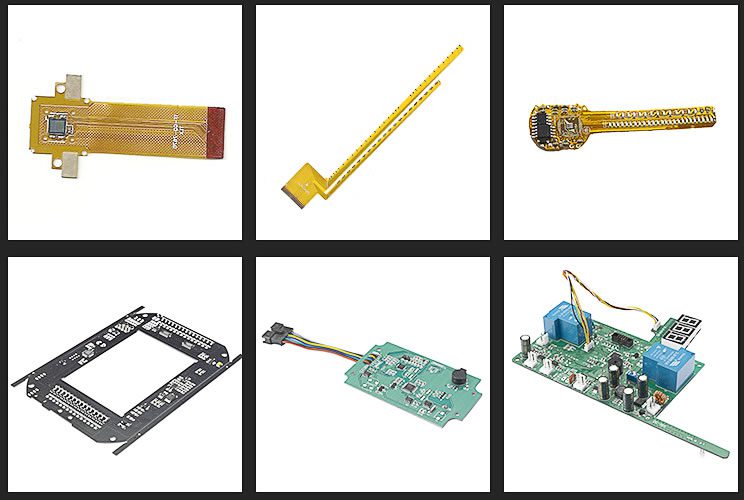In the world of electronics manufacturing, circuit board assembly (CBA) is a highly specialized type of work. It involves the process of installing individual electronic components onto Printed Circuit Boards (PCBs). To do CBA efficiently and cost-effectively, manufacturers break the process down into different assembly stations. Each station has its own set of tasks, tools and parts bins dedicated to one specific component or sub-circuit. This article covers some basic concepts about circuit board assembly for Electronics Assembly Technicians who want to specialize in this field. After reading it, you’ll understand why this work is so important to electronics manufacturers and how you can get a job as a circuit board assembler if that’s something you’re interested in pursuing as a career.

What is Electronic Assembly?
Electronic Assembly is the term used in the industry to describe the process of mounting electronic components onto Printed Circuit Boards (PCBs). Electronics manufacturers use PCBs to hold and organize the wires and components that make up the various circuits they use to build the products they sell. Electronic Assembly is one of the last steps in the process of product manufacturing. It’s important to understand that CBA is an assembly-line process. By the time you get a PCB in front of you in the factory, it has already been fabricated, etched, drilled, plated, laminated, and tested.
Circuit Board Assembly Equipment
There are a lot of tools used in CBA that you have probably used in your home workshop. You’ll find things like soldering irons, wire cutters and pliers, soldering spools, wire strippers, and tweezers in the toolbox at any electronic assembly facility. Since the work is so delicate and the PCBs are small, you’ll also see magnifying glasses, magnifying visors, and gooseneck lamps used to make sure the parts are placed just right on the board. Electronic assembly machines like pick-and-place robots, stencil cutters, and reflow ovens are also used in many CBA facilities.
Basics of Electronic Assembly
Electronic Assembly is the process of installing electronic components onto Printed Circuit Boards (PCBs). There are different types of components used in CBA including resistors, capacitors, inductors, integrated circuit chips, and semiconductor devices. The components are installed onto the PCBs by soldering them either by hand or by machine. The components are laid out on the PCB by a CAD/CAM designer and are then printed out as either a paper or film masking pattern or a digital image file. Electronics manufacturers use PCBs to hold and organize the wires and components that make up the various circuits they use to build the products they sell. All of the parts are placed onto the PCB by the CBA operation.
PCB Soldering
PCB soldering is one of the most common tasks you will do in CBA. In it, you heat up a small amount of solder with a soldering iron and draw it into a ball using some heated solder-coated flux. The solder is then applied to one side of a component lead and the PCB pad where the lead is to be soldered. The goal is to create a joint between the lead and the PCB pad that is strong enough to withstand the forces applied to it during use. This is a skilled task that takes a bit of practice to master. The goal is to get just enough solder between the lead and the pad to make a strong joint. Too much solder will cause bubbles and excessive amounts of heat, which can damage the PCB.
PCB Test and Repair
During test and repair, defective PCBs are located and the components and wiring on them are marked for rework or removal. The defects are documented and the PCBs are set aside for repair. For example, if a pin on an integrated circuit doesn’t make contact with the wiring on the PCB, the entire circuit will not work properly. The repair technician will cut the damaged wire and jump the circuit to the next available pin on the chip. The technician will then remove the defective components and re-install new components that have been substituted for the old ones. This repair and replacement process is done while the PCB is still in its original paper or film masking pattern.
Surface Mount Device Assemblies
SMDs are a type of electronic component that is smaller than the standard components used in through-hole printed circuit boards. They can be soldered directly to the surface of the PCB without having leads that extend through the board. To do CBA with surface mount devices, you’ll have to have a different mindset as an assembler then you do when you’re doing through-hole boards. Instead of working with leads and wires that extend out of the board, you’ll be placing components flush with the surface of the board with no protruding leads. This is a really important skill to have as an electronics assembler. It’s especially important if you want to specialize in CBA. Many manufacturers have switched to surface mount boards because they’re more efficient and take up less space than through-hole boards.
Electronic Assembly is the process of mounting electronic components onto Printed Circuit Boards (PCBs). PCBs are thin rectangular boards made of fiberglass with copper traces etched onto the surface. Electronics manufacturers use PCBs to hold and organize the wires and components that make up the various circuits they use to build the products they sell. Electronic Assembly is one of the last steps in the process of product manufacturing. It’s important to understand that Circuit Board Assembly is an assembly-line process. By the time you get a PCB in front of you in the factory, it has already been fabricated, etched, drilled, plated, laminated, and tested. If you need any Circuit Board Assembly service or products, FAST TURN PCB is your best choice.













